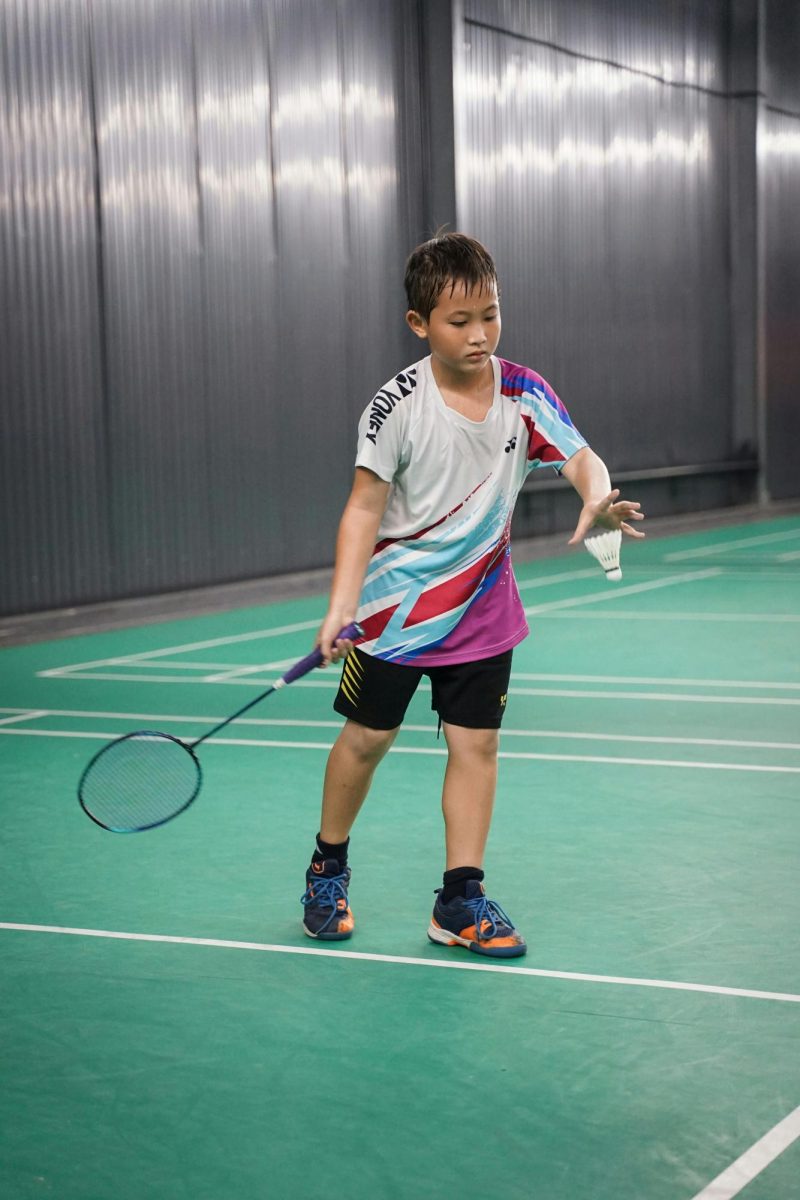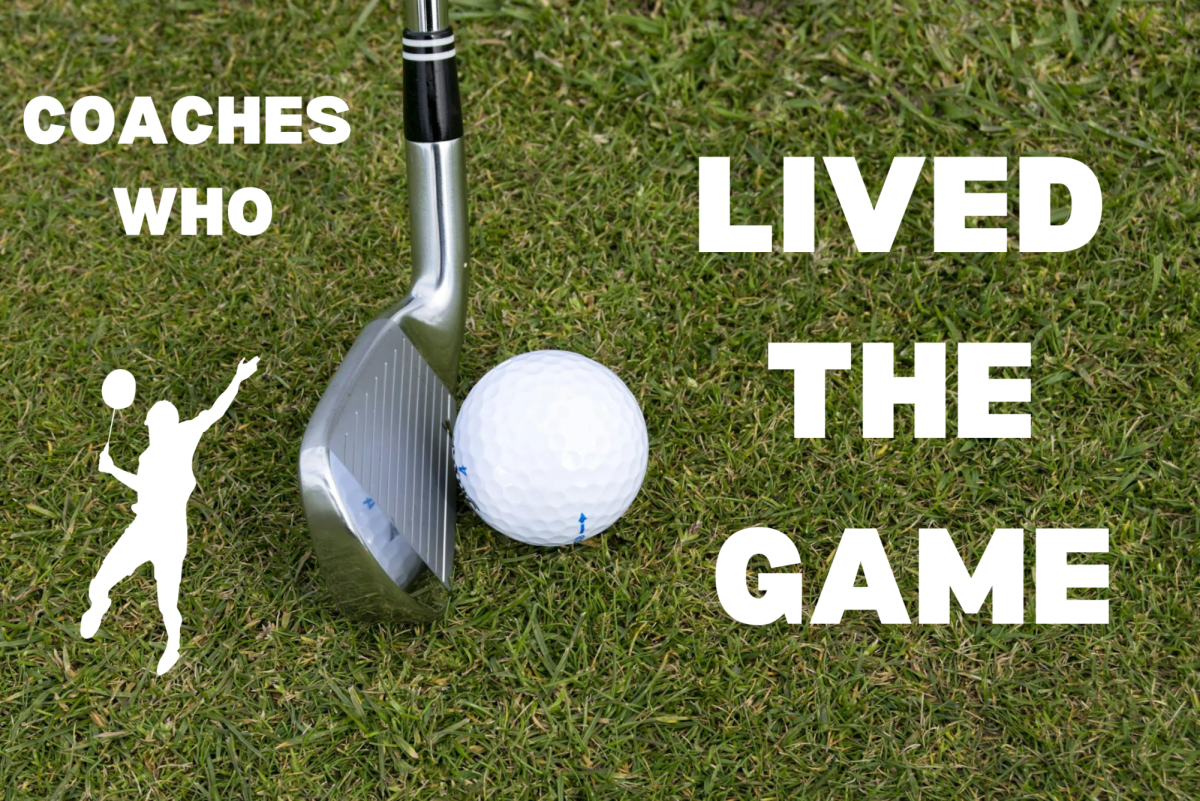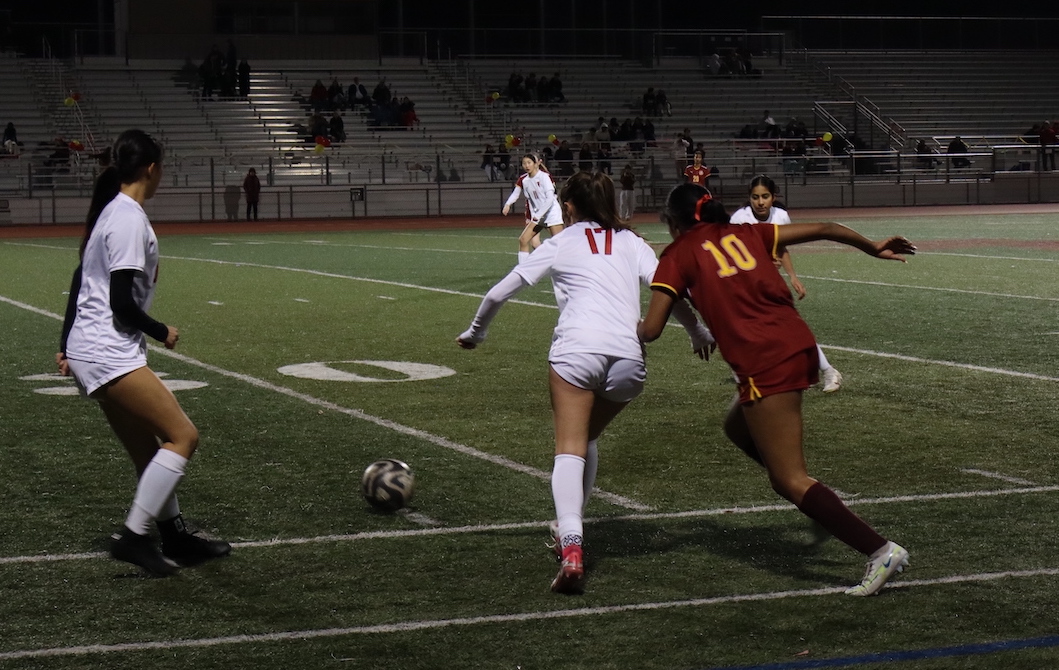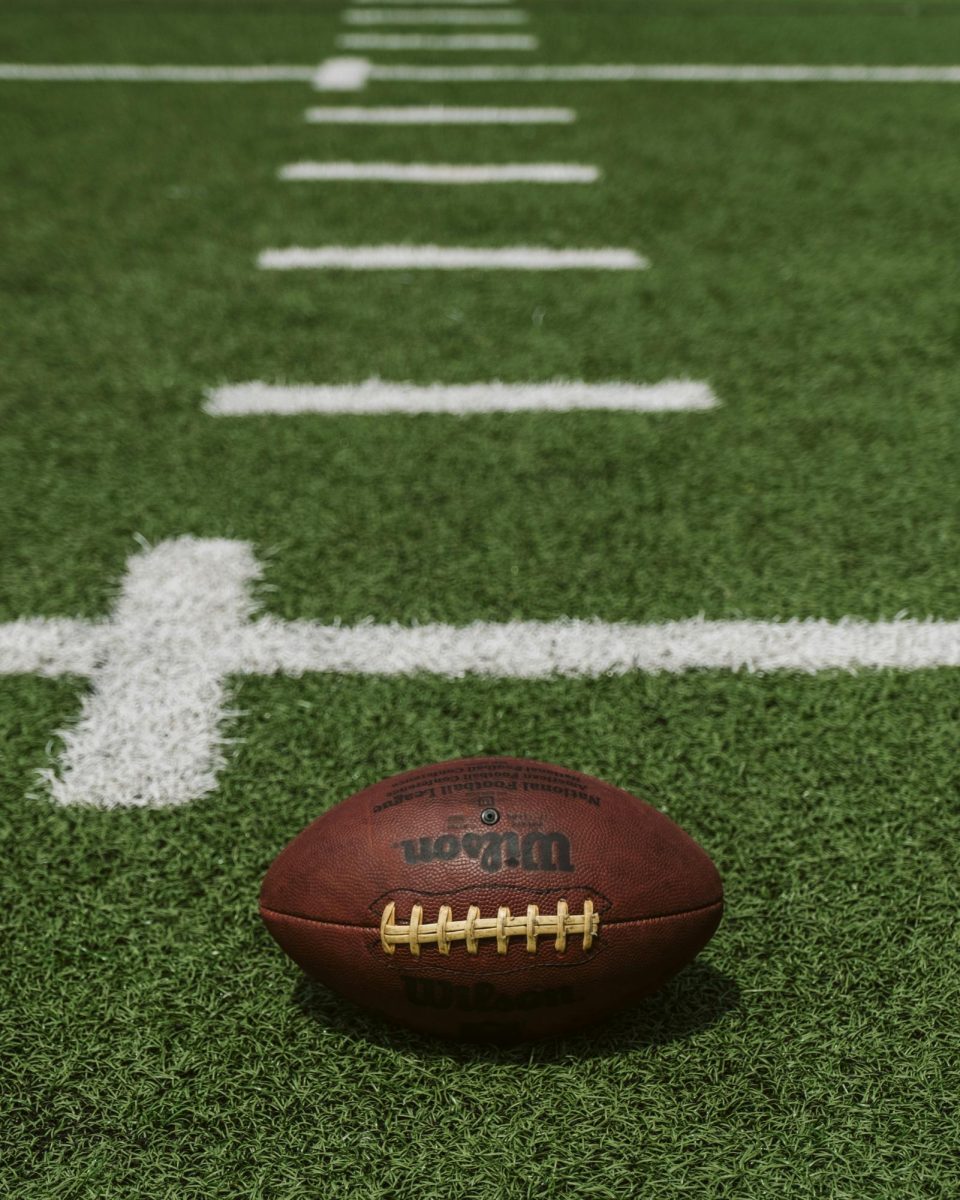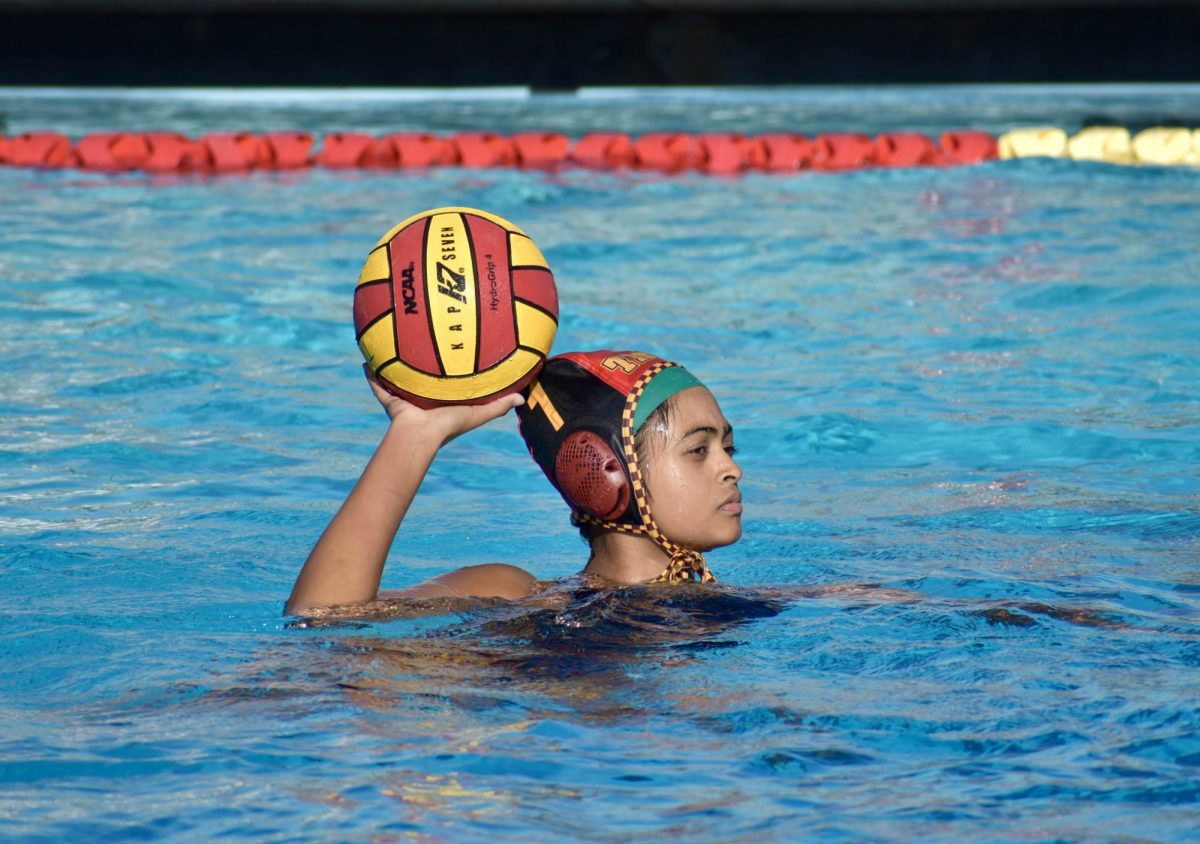Many speculate that parents have begun a new wave of pressure to perform in sport — starting training younger. This is the consensus among many athletes from the previous generation. World records in sports are now being broken by 14 year olds. — but has peak athletic age still remained the same?
Since the very beginning of sports, starting younger has always been an advantage. The earlier a child is introduced to the idea of competition, the more of a natural edge they have. This manifests itself in a variety of factors like time and mindset. In general, starting a sport earlier simply gives more time for one to practice. An athlete who started at 5 years old would likely have more experience than one who began at 15.
Some also argue that when starting younger, concepts of competition become more ingrained in a child’s mindset. But as the United States Center for SafeSport, a nonprofit set up to prevent abuse in the Olympics, describes, there is not necessarily data that has proved this to be the case. Undoubtedly though, an athlete who starts younger gains a significant benefit from sheer quantity of practice.
According to research on athlete talent development by researchers at Vrije Universiteit Brussel, elite athletes in sports such as tennis, badminton, table tennis and gymnastics have the youngest average starting ages of 6.2, 7.9 and 7.1 respectively. This suggests that starting at an earlier age in racket sports offers athletes a greater bodily connection to their athletic equipment.
On the other hand, peak ages for sports like gymnastics are younger due to higher requirements for flexibility and coordination. Starting earlier provides a definite advantage, since having increased net practice time is more impactful at a younger age.
This significantly impacts high schoolers as well. From 2023 to 2024, U.S. participation in high school sports reached over 8 million, while the number of National Collegiate Athletic Association student-athletes exceeded 540,000. The trend has shown that athletic participation is increasing at both high school and earlier ages.
However, being a younger athlete comes with significant downsides. According to the Division of Emergency Medicine at Children’s National Medical Center in Washington, D.C., as a result of larger surface area to mass ratios, proportionally larger heads and growing cartilage that is vulnerable to stress, children are significantly more susceptible to medical issues like anterior cruciate ligament (ACL) injuries. In addition, a larger number of young elite athletes comes at the expense of crucial developments in interpersonal relations, education and general school experience.
But in actuality, is much really changing? More athletes at the school level may simply be the result of a growing U.S. population. Looking at Olympic athlete data, the average age of Olympic athletes has stayed fairly consistent throughout the past few decades. Whereas the impact of starting younger is not necessarily quantifiable, factors like fun and fit for children have a noticeable impact on future athletic performance. Instead, the key takeaway should be that children are still children, and care and enjoyment should take the front stage.




